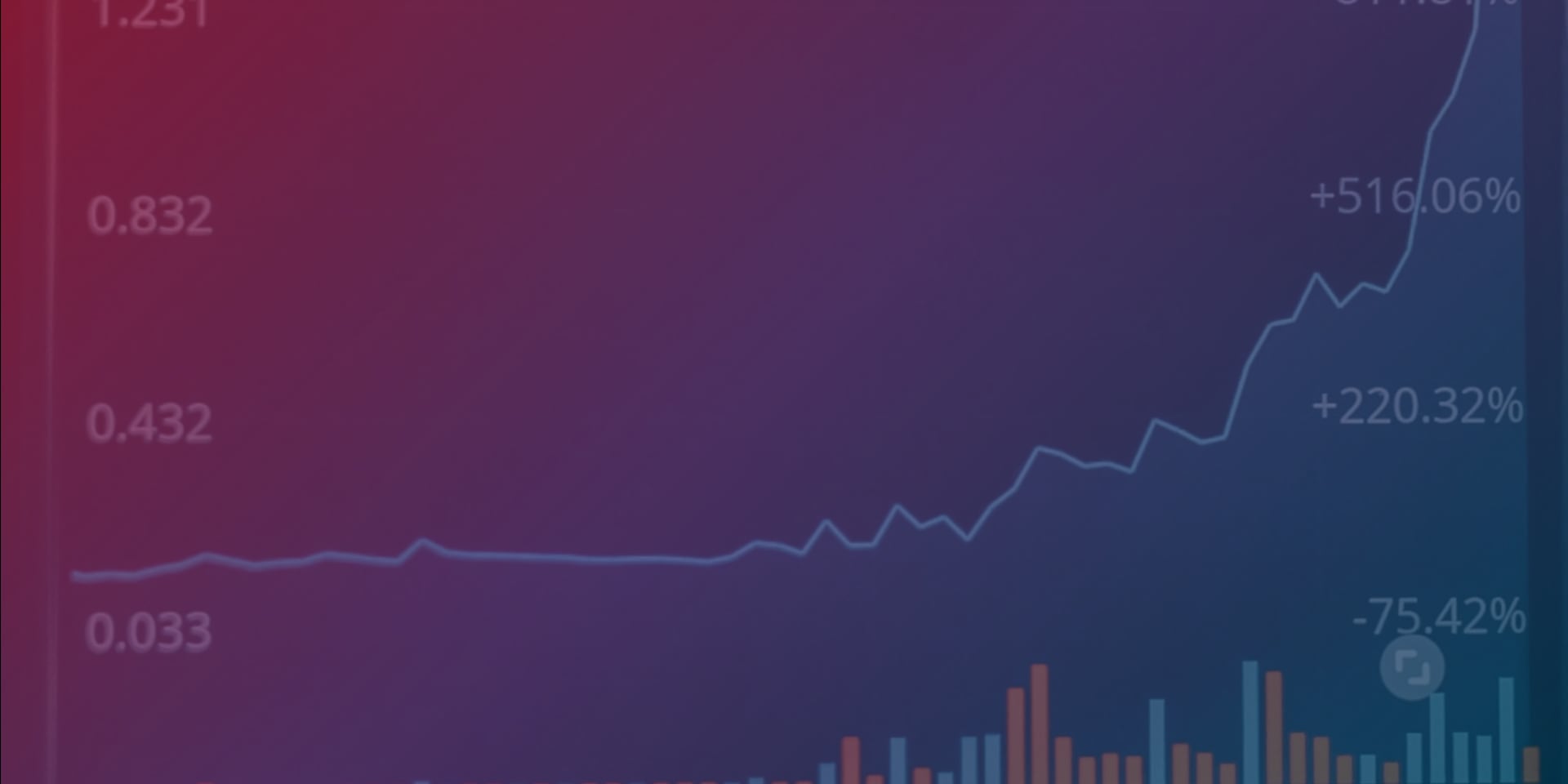
Blasphemous in real estate, I know, but rising interest rates are the only long-term solution we have for controlling runaway pricing inflation. If allowed to occur, rising rates will eventually drive down value to a new starting equilibrium, malinvestment will be flushed out of the financial system through defaults, and asset owners will likely be forced to swallow losses. It doesn’t sound like a fun exercise, but it is much needed.
Rates & Value
The relationship between rate and value is simple, as rates go up, affordability goes down and, thus, so too does value. In a “normal” world, the market finds its equilibrium through a term in finance we coin as “price discovery,” the process of buyers and sellers working through the market to identify everyone’s respective position. Understanding the purpose of interest rates is fundamental to intuitively digesting price discovery.
Interest rates are one thing and one thing only, a measure of risk, and the measurement process is a key element to discovery. Whether you are an institutional level investor or a kid loaning $5.00 to your buddy, you only part with capital after having observed the risk of the investment and assessing alternatives. In the context of real estate, risk can present as product type, location, buyer credit worthiness, etc. Underwriters offer ranges of borrowing rates depending upon these and several other factors. It is through this assessment of risk and the reward that comes from the rate that the investor (lender) is incentivized to offer capital.
Mortgage interest rates are a reaction to market supply and demand of mortgage debt in the context of an alternative to other forms of debt, treasuries, corporate bonds, stocks, etc. Monetary policy over the preceding several years has artificially suppressed buyers and sellers (borrowers and lenders) from finding the true risk vs. reward arrangement. Artificially low risk measures create incentive for malinvestment (bad behavior) and speculative investment (roll of the dice). Bad behavior and speculation exists at much smaller levels when interest rates are allowed to find their natural equilibrium because the downside of this activity is many times worse than if you are borrowing money at free or close to free rates.
What will Happen?
Should interest rates be allowed to rise, a natural order will eventually emerge in what the market determines to be a fair price to pay for whatever risk level someone is willing to take on and we will achieve the price discovery we’ve seen absent in the market. Rising rates, however much they may be needed in asset markets, will not come without real challenge.
In real estate, the first challenge will be adjustment. Property owners will not immediately adjust to rising rates having downward pressure on affordability. Depending on a handful of additional factors, supply being the most significant, there is likely to be a wide expectation gap between the parties as rates move. We will see cyclical periods of pause in areas of the market as a readjustment of expectation sets in.
The second challenge will be owners of real estate accepting that a decline in value is reasonable as these expectation resets occur. No one wants to see the value of their assets fall, but what owners will need to accept is that their rise was not a natural order process. Today economics is just as much of a political conversation as it is analytical. Policy makers, regardless of party affiliation, are responsible for the rapid and uncontrolled appreciation of assets. No reasonable person believes the gains that have been realized over the past couple of years are sustainable. As hard as it will be in today’s ever charged environment, seeking to understand a politician’s financial and economic understanding is more important than it has ever been. Idealistic as it may be, the public pressing policy makers to make responsible financial decisions will be the only way to control our sovereign financial future.
From there, government debt obligations will become another pressing matter. As treasuries mature and roll over, the government’s debt obligations will grow. Spending and massive entitlement programs will need to be addressed or they will default. If we have seen anything from the past two years, the direct manufacture of money through stimulus creates real and measurable problems in the economy. Up to the present, the not-so-secret plan of the government has been to pay for these programs through the invention of money. That did not work out very well with recent stimulus programs and we were only dealing with single digit trillions. Aggregated together, Social Security, Medicare, and Medicaid dwarf recent spending and every other government line item. The continued invention of resources cannot be the path to addressing these tremendous obligations. Balanced budgeting, active conversation, and reasonable adjustment will have to be made.
As for the broader economy, rising rates will put real pressure on corporate bond holders. Corporate debt rose to over $11 trillion in 2021 and as this debt matures, those corporations that rely on debt for operation will not be able to continue financing their organization to the same extent as they were accustomed under a zero-interest rate policy. We may very well see organizations struggle and some may fold. Troubling as it is, these clearing mechanisms are integral to the proper functioning of our economy and the reason interest rates should not be artificially manipulated.
Price discovery is the foundational element to free markets. The more government interferes, the more macro-oriented and widespread we will see financial challenges appear.
About the Author: Click here
Related Posts
Why are Interest Rates Rising?
In November 2021, the Federal Reserve began its tapering process, a reduction of its mortgage and...
The Ritz-Carlton Residences, Orlando Grande Lakes Welcomes Its First Residents
FOR IMMEDIATE RELEASE
RITZ-CARLTON RESIDENCES, ORLANDO GRANDE LAKES NEARING COMPLETE SELLOUT
Time is running out to own the coveted Ritz-Carlton lifestyle.
